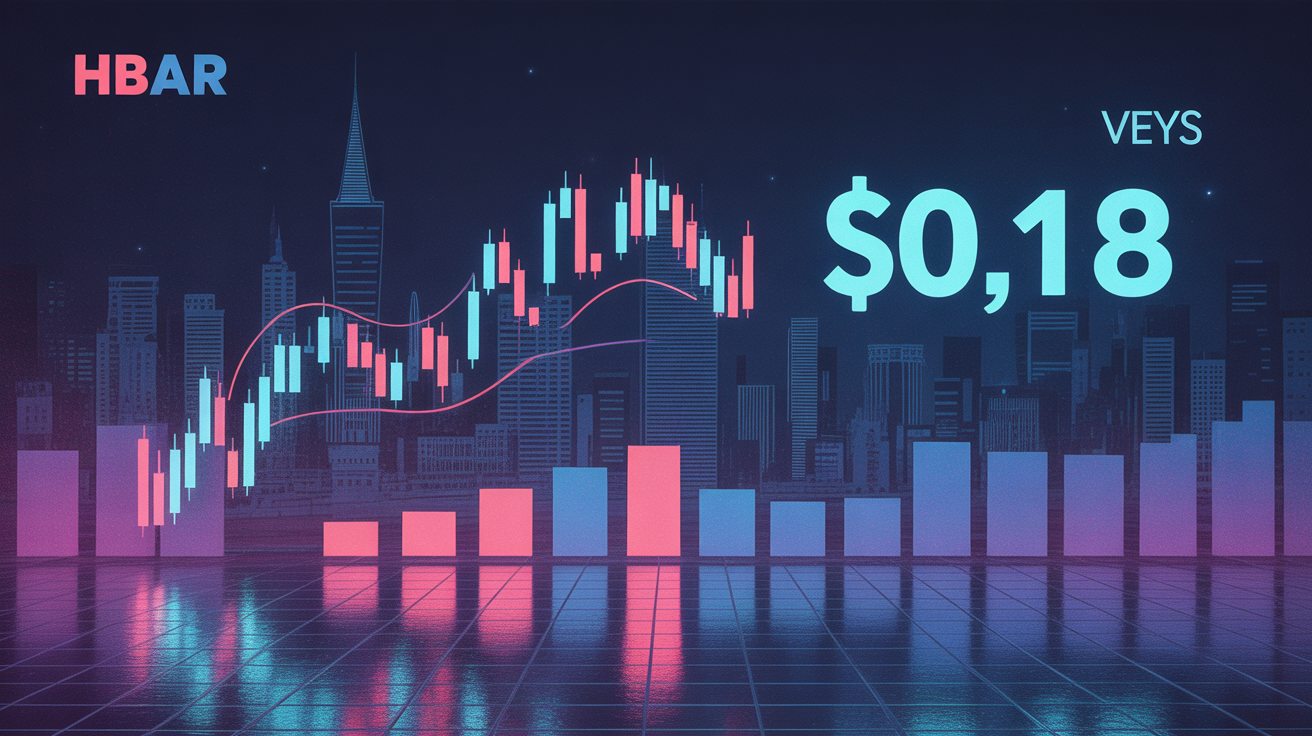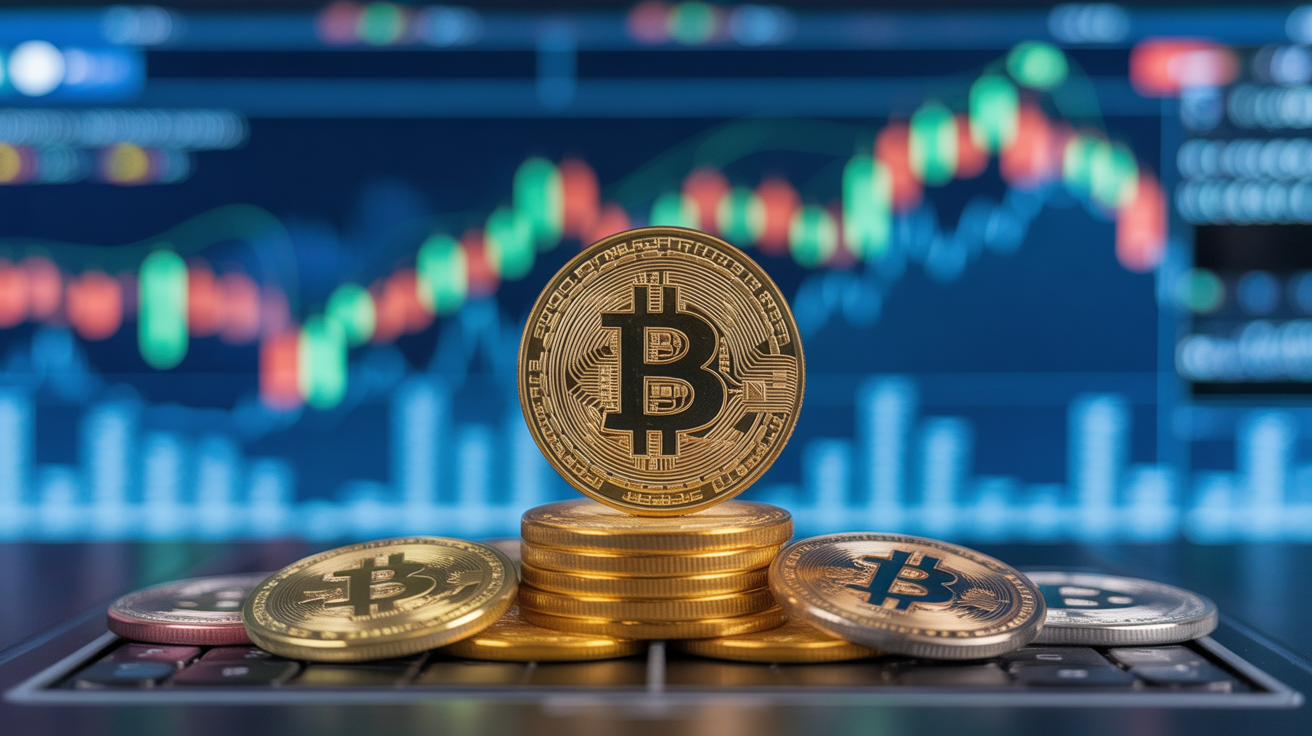Circle’s EURC Supply Hits Record High as Investors Seek Euro Stability Amid Dollar Slide
Circle’s euro-backed stablecoin, EURC, has seen explosive growth, jumping 43% over the past month to reach a record 217 million tokens in circulation—equivalent to roughly $246 million in market value. The surge highlights growing investor interest in euro-denominated digital assets as the U.S. dollar shows signs of weakness and geopolitical uncertainty rises.
According to data from RWA.xyz, the majority of this growth has been concentrated across the Ethereum, Solana, and Base networks. Ethereum remains the largest hub for EURC, with its supply increasing 35% to 112 million tokens. Solana saw the fastest growth at 75%, pushing its EURC holdings to 70 million. Coinbase’s Base chain also posted strong gains, growing 30% to 30 million tokens.
In parallel, EURC’s on-chain activity has intensified. The number of active addresses has climbed 66% to 22,000, while monthly transaction volume rose 47% to surpass $2.5 billion.
Despite its strong momentum, EURC remains a small player compared to dollar-pegged stablecoins, which still dominate 99% of the stablecoin market. Circle’s own USDC holds $58 billion in circulation, while Tether’s USDT leads with $143 billion. Still, EURC is now the largest euro-denominated stablecoin, overtaking competitors such as Paxos’ USDG and benefiting from the market exit of Tether’s EURT.
The euro’s relative strength—up 9% against the dollar year-to-date—appears to be one of the driving forces behind EURC’s ascent. Economic uncertainty in the U.S., amplified by fears of a looming recession and the Trump administration’s aggressive tariff policies, has prompted investors to diversify their stablecoin exposure.
Xapo Bank, a Gibraltar-based crypto-friendly financial institution, noted a 50% rise in euro deposit activity in Q1 2025, more than double the 20% gain in USDC deposits. Meanwhile, USDT deposits fell by 13%, suggesting a shift in user preference.
“This dramatic shift is driven by growing skepticism around U.S. fiscal stability and the long-term dominance of the dollar,” Xapo said in a Monday report. “As we approach Trump’s so-called ‘Liberation Day,’ institutional and retail investors alike are seeking alternatives.”
Further fueling EURC’s growth is the regulatory landscape. The EU’s MiCA framework has led to delistings of USDT across multiple exchanges, including Binance, while Circle remains compliant. This has opened a significant window for EURC adoption across European trading platforms.
Activity on decentralized exchanges confirms this trend, with euro-dollar stablecoin swap volumes hitting multi-year highs last week on Ethereum-based platforms.
With global markets facing a turbulent 2025, EURC’s rapid rise suggests that euro-denominated stablecoins may finally be carving out a more substantial place in the digital asset ecosystem.





